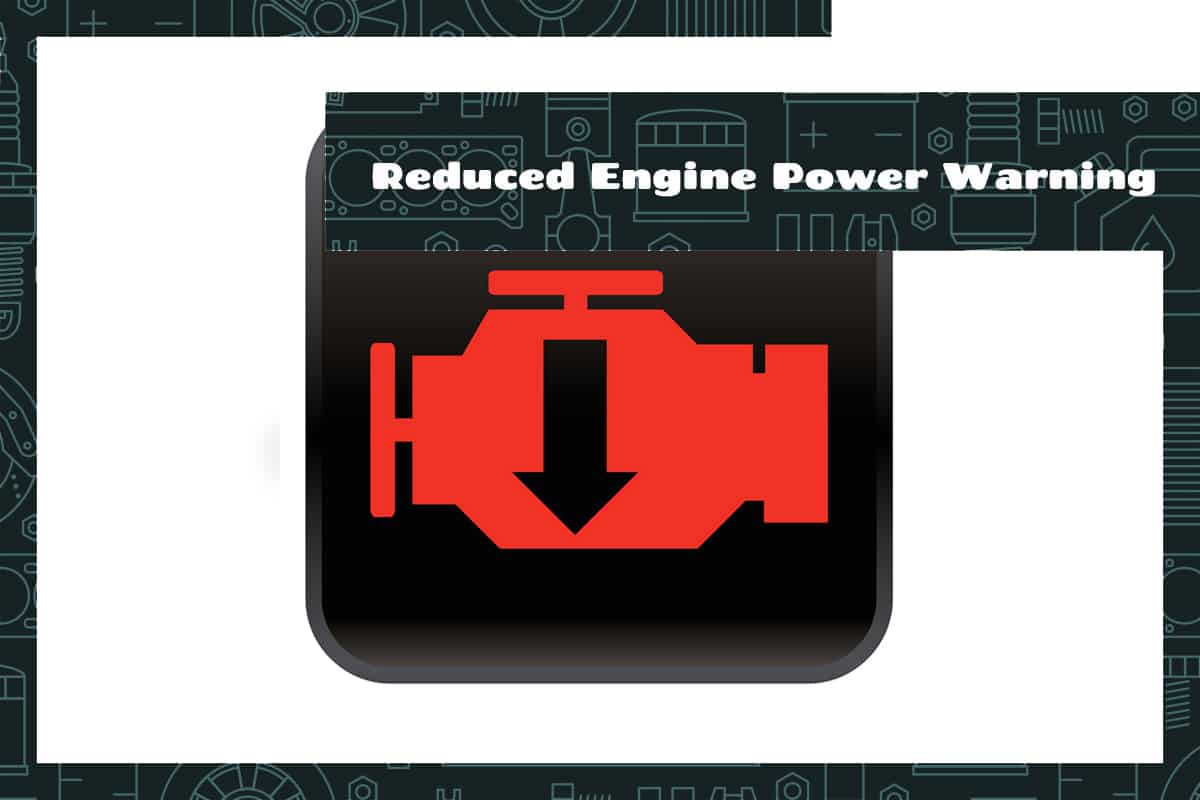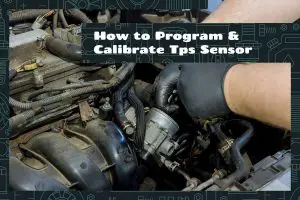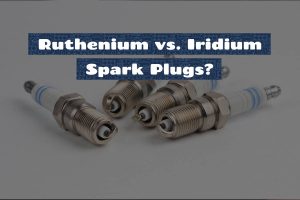Driving can be a joy, a necessity, or both. However, when your car displays the ‘Reduced Engine Power Warning,’ it can induce a sense of anxiety and confusion. This warning is your vehicle’s method of alerting you about potential issues that might be hindering optimal engine performance.
Possible causes of the Reduced Engine Power Warning include the following:
- Malfunctions in the throttle actuator control system
- Issues with the mass air flow sensor
- Problems with the oxygen sensor
- Faulty catalytic converter
- Fuel pump or fuel injector problems
This guide will explore the common causes of this issue and discuss how to respond when faced with this warning.
How the “Reduced Engine Power” Warning Works
Central to your car is the engine, a complex machine consisting of numerous moving parts, all of which need to work in harmony. Today’s vehicles come equipped with advanced computer systems, including the Engine Control Unit (ECU), to ensure this harmony.
Your ECU plays an instrumental role in triggering the “Reduced Engine Power” warning. It does this by constantly monitoring the performance of several engine components and systems. When the ECU detects a problem that it cannot correct, it triggers this warning.
Overview of the Car’s Engine Control System
The engine control system is the car’s computerized brain, coordinating different aspects of your vehicle’s operations. The key parts of this system include sensors, actuators, and the ECU. Sensors monitor various engine parameters like temperature, air pressure, throttle position, and more. These sensors send information to the ECU, which interprets this data and adjusts engine operations through actuators.
This system maintains the car’s optimum performance, fuel efficiency, and emissions control. It’s like a continuous conversation between the sensors, the ECU, and the engine parts, which adjusts and readjusts parameters to maintain an ideal balance.
Triggering “Reduced Engine Power” Warning
When the ECU receives data from the sensors, it uses this information to adjust engine functions for optimum performance. However, if the ECU identifies an issue that could harm the engine or significantly impair performance, it triggers the “Reduced Engine Power” warning.
Your car may continue to run but with noticeably reduced performance. This warning is a sign that your vehicle needs attention.
Common Causes of the “Reduced Engine Power” Warning
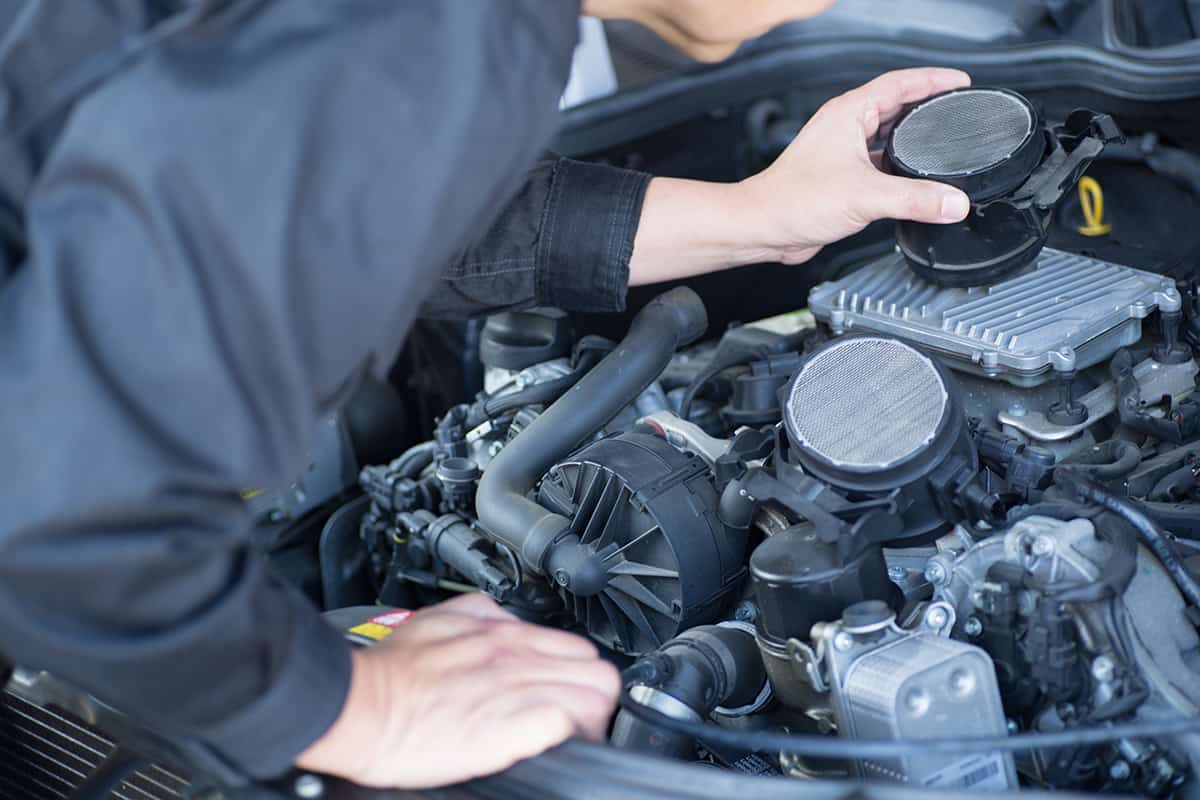
The “Reduced Engine Power” is not a specific warning. It’s a signal that there’s an issue somewhere within your vehicle’s complex network of components that’s severe enough to limit your engine’s power. This warning can originate from various parts of your vehicle, the most common of which is:
1. Throttle Body or Throttle Position Sensor Issues
The throttle body controls the amount of air entering the engine, with the throttle position sensor (TPS) monitoring its position. The ECU uses this data to adjust the fuel mixture and engine timing. If the throttle body gets dirty or the TPS fails, it can disrupt these readings, ultimately leading to potential engine power reduction.
2. Faulty Mass Airflow Sensor
The mass airflow sensor measures the amount of air entering your engine and communicates this data to the ECU. A malfunctioning sensor can send incorrect readings, leading to an imbalanced air-fuel mixture. This imbalance can trigger the warning as it could cause engine damage over time.
3. Problems with the Oxygen Sensor
Your vehicle’s oxygen sensor measures the level of oxygen in the exhaust gases, allowing the ECU to optimize the air-fuel mixture for combustion. A failing oxygen sensor can cause the ECU to run the engine rich (too much fuel) or lean (too little fuel), both of which can trigger the “Reduced Engine Power” warning.
4. Failing Catalytic Converter
The catalytic converter plays a crucial role in managing your vehicle’s emissions by converting harmful gases into less harmful substances. If your catalytic converter starts to fail, it can restrict exhaust flow, creating backpressure in the engine. This backpressure can cause your vehicle to lose power and trigger a warning.
5. Fuel Pump or Fuel Injector Problems
Your fuel pump delivers fuel from the tank to the engine while the fuel injectors spray the fuel into the engine. Problems with the fuel pump or injectors can lead to a lean condition (insufficient fuel).
Symptoms Related to the “Reduced Engine Power” Warning
This warning is usually associated with a wide range of symptoms. Identifying those symptoms can possibly help you pinpoint the root cause.
1. Poor Acceleration
When the warning is displayed, your vehicle’s computer limits power output to protect the engine from possible damage. As a result, you may find your car is slow to respond when you press the accelerator or struggles to reach its usual speeds.
2. Engine Stalling or Misfire
A misfire may feel like a slight jerk or vibration while driving or idling. Stalling, on the other hand, means the engine shuts off completely. Both symptoms can be linked to several issues, like faulty sensors, a malfunctioning fuel system, or problems with the ignition system.
3. Lowered Fuel Efficiency
Poor gas mileage might occur if the engine’s air-fuel mixture is disturbed, possibly due to a faulty mass airflow sensor or issues with the fuel injection system.
4. Rough Idling
You may notice the engine running unevenly or shaking while your vehicle is stationary with the engine running.
5. Vehicle Enters “Limp Mode”
When the “Reduced Engine Power” warning comes on, your vehicle enters what’s often referred to as limp mode. This is a safety feature designed to protect the engine from damage, restricting your vehicle’s performance to allow you to drive it to a safe place or a mechanic for diagnosis and repair.
Steps to Take When the “Reduced Engine Power” Warning Lights Up
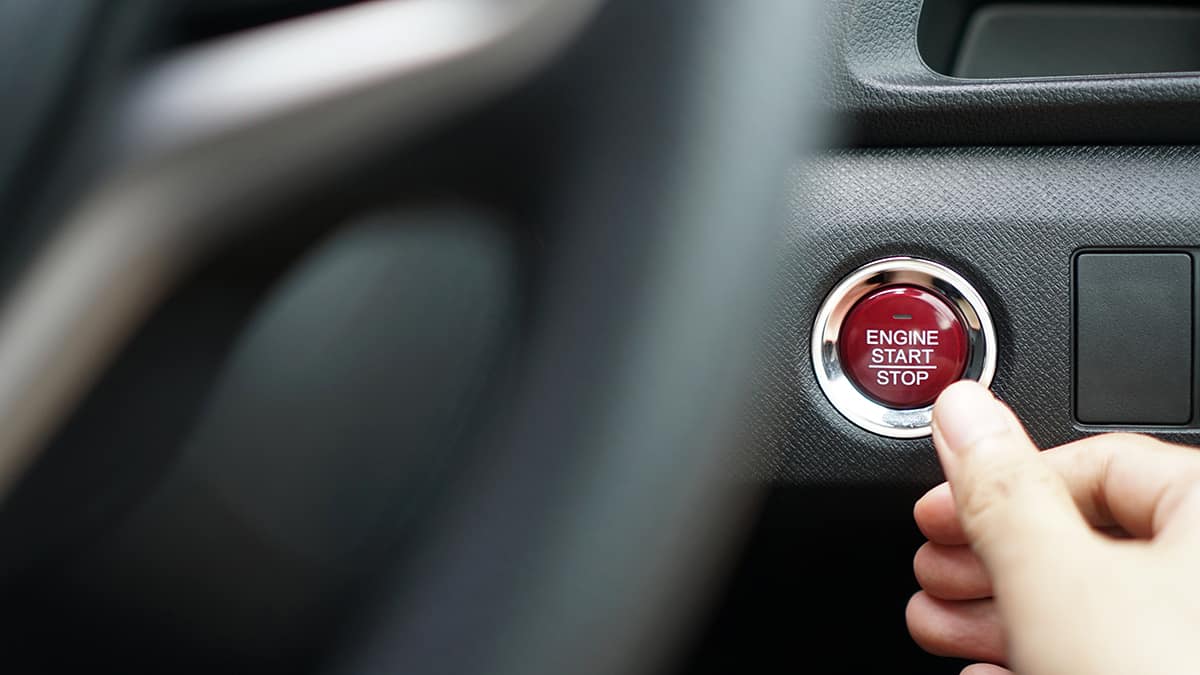
Seeing the “Reduced Engine Power” warning can be intimidating, but don’t panic. Here’s what you should do:
- Safety First: As soon as you see the warning, find a safe place to pull over. Do not ignore this warning as it could lead to serious damage or even pose a safety risk.
- Check for Other Signs: While you’re stopped, assess your vehicle for any other signs of trouble. This could include unusual noises, smoke, or even a distinct smell. Note these as they can help in diagnosing the problem.
- Restart Your Vehicle: In some cases, turning your vehicle off and then on again can reset the system and cause the warning to disappear. If the warning goes away and doesn’t return, it may have been a temporary glitch.
However, if the “Reduced Engine Power” warning remains even after restarting your vehicle, it’s time to seek professional help.
FAQs
1. Can I fix the “Reduced Engine Power” warning by myself?
It depends on the root cause of the warning and your level of automotive knowledge. If the issue is simple and you’re comfortable with basic vehicle maintenance, you may be able to fix it yourself. For instance, cleaning a dirty throttle body or replacing a faulty sensor could potentially clear the warning.
2. Can I Prevent the “Reduced Engine Power” Warning from Coming On?
While you can’t guarantee that you’ll never encounter the “Reduced Engine Power” warning, regular and thorough vehicle maintenance can go a long way in preventing it. This could include cleaning or replacing your vehicle’s sensors, maintaining the throttle body, and ensuring the fuel system is functioning correctly.
3. Is It Safe to Drive When the Warning Is On?
While it might still be possible to drive a short distance with reduced power, such as to get your vehicle to a mechanic, you should avoid driving for extended periods with the warning on. Doing so could cause more serious damage to your vehicle.
